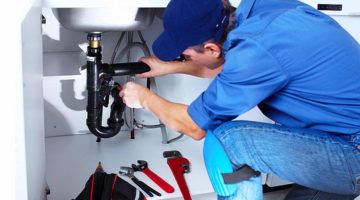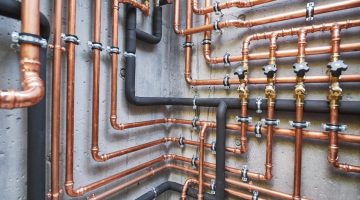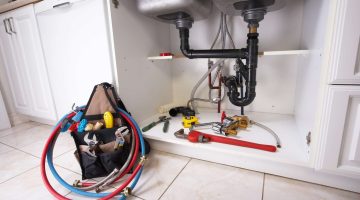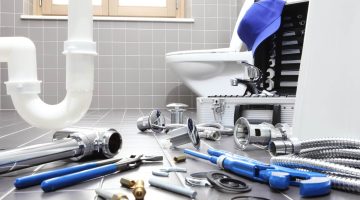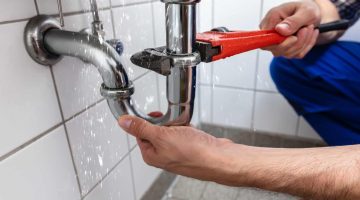How to Handle Common Plumbing Emergencies: A Step-by-Step Guide
Plumbing emergencies can strike at any time, often causing significant stress and potential damage to your home. Knowing how to respond quickly and effectively can make all the difference. Here’s a step-by-step guide to handling common plumbing emergencies, helping you minimize damage and restore normalcy.
1. Burst Pipe
Step 1: Shut Off the Main Water Supply Immediately locate and turn off the main water shutoff valve to stop the flow of water. This is usually found near the water meter or where the main water line enters your home.
Step 2: Drain the Pipes Open all faucets and flush toilets to drain the remaining water in the pipes. This helps reduce pressure and minimizes water damage.
Step 3: Call a Professional Plumber Contact a licensed plumber to assess the damage and repair or replace the burst pipe. In the meantime, use towels or a wet/dry vacuum to clean up any water to prevent mold growth.
2. Overflowing Toilet
Step 1: Stop the Water Supply Turn off the water supply to the toilet by twisting the valve located behind the toilet near the base.
Step 2: Clear the Blockage Use a plunger to try and clear the blockage. Place the plunger over the toilet drain and push down firmly, then pull up quickly. Repeat this several times to create suction and dislodge the clog.
Step 3: Call a Professional if Needed If plunging doesn’t work, contact a plumber to handle the blockage without causing damage to your toilet or plumbing system.
3. Clogged Sink Drain
Step 1: Remove Standing Water Use a cup or bowl to remove any standing water from the sink.
Step 2: Use a Plunger Place a sink plunger over the drain and create a tight seal. Push down and pull up rapidly to dislodge the clog.
Step 3: Try a Plumbing Snake If the plunger doesn’t work, use a plumbing snake (also known as an auger) to break up and remove the clog. Insert the snake into the drain and turn the handle to push it through the blockage.
Step 4: Call a Professional If the clog persists, contact a professional plumber to ensure it’s properly cleared and to check for any underlying issues.
4. Leaking Water Heater
Step 1: Turn Off the Power Supply For electric water heaters, switch off the circuit breaker. For gas water heaters, turn the gas supply valve to the “off” position.
Step 2: Shut Off the Water Supply Turn off the cold water supply valve located at the top of the water heater.
Step 3: Drain the Water Heater Attach a garden hose to the drain valve at the bottom of the tank and direct the hose to a floor drain or outside. Open the valve to drain the tank.
Step 4: Call a Professional Contact a plumber to inspect the water heater, identify the source of the leak, and perform the necessary repairs or replacement.
5. Sewer Backup
Step 1: Avoid Using Plumbing Fixtures Stop using sinks, toilets, and other plumbing fixtures to prevent further backup.
Step 2: Turn Off the Water Supply Shut off the main water valve to prevent additional water from entering the sewer system.
Step 3: Call a Professional Plumber A sewer backup is a serious issue that requires immediate professional attention. Contact a plumber to address the problem, clear the blockage, and clean up any contaminated areas safely.
Handling plumbing emergencies promptly and correctly can help minimize damage and prevent more serious issues. While these steps can guide you through initial actions, it’s crucial to contact a professional plumber to ensure proper resolution and avoid further complications. At New System Plumbing, we’re ready to assist with any plumbing emergency, providing quick and reliable service to get your home back to normal. Don’t hesitate to call us whenever you need expert plumbing help.


